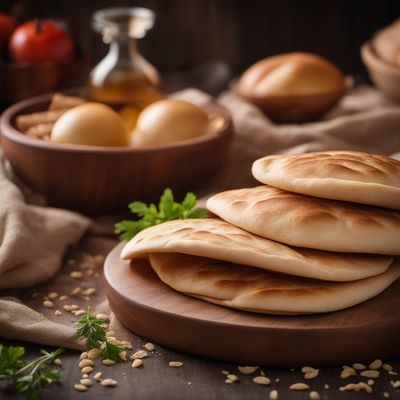
Ingredient
Traditional unleavened breads
Unleavened Breads: A Timeless Culinary Tradition
Unleavened breads are typically made without yeast or other leavening agents, resulting in a denser texture compared to traditional bread. They can be crispy or chewy, depending on the specific recipe and cooking method. With flavors ranging from savory to sweet, unleavened breads offer a wide variety of taste experiences.
Origins and history
Unleavened breads have a long history that dates back to ancient civilizations. They were commonly consumed in regions where access to yeast or other leavening agents was limited. Unleavened breads are still prevalent in many cultures today, including Middle Eastern, Indian, and Jewish cuisines. They are often associated with religious or ceremonial traditions, such as matzo during Passover or chapati in Indian cuisine.
Nutritional information
Unleavened breads are generally low in fat and cholesterol, making them a healthier alternative to traditional bread. They are also a good source of carbohydrates and dietary fiber, providing sustained energy and promoting digestive health.
Allergens
Unleavened breads may contain allergens such as wheat, gluten, or nuts, depending on the specific recipe and ingredients used. It is important to check the ingredient list or consult with the baker if you have any dietary restrictions or allergies.
How to select
When selecting unleavened breads, look for breads that are freshly baked and have a golden brown color. The bread should be firm and have a slightly crisp exterior. Avoid breads that are overly dry or have a stale texture.
Storage recommendations
To maintain the freshness and quality of unleavened breads, store them in an airtight container or wrap them tightly in plastic wrap. Keep them at room temperature for short-term storage, or freeze them for longer shelf life. Avoid exposing the breads to moisture or excessive heat, as this can affect their texture and taste.
How to produce
Producing unleavened breads at home requires basic ingredients such as flour, water, and salt. There are numerous recipes available online or in cookbooks that provide step-by-step instructions for making different types of unleavened breads. With practice and experimentation, you can create your own unique variations.
Preparation tips
Unleavened breads can be enjoyed in various ways. They can be served as a side dish with soups, stews, or curries, or used as a base for sandwiches or wraps. Unleavened breads can also be topped with spreads, dips, or fillings to create flavorful appetizers or snacks. Their versatility allows them to be incorporated into different cuisines and dishes.
Culinary uses
Unleavened breads are commonly used in Middle Eastern cuisine, where they are served alongside dishes like hummus, falafel, or kebabs. In Indian cuisine, unleavened breads such as chapati or naan are popular accompaniments to curries or lentil dishes. Unleavened breads are also used in Jewish cuisine, particularly during religious holidays like Passover.
Availability
Unleavened breads are commonly available in regions where they are part of the local culinary traditions, such as the Middle East, India, and Jewish communities around the world.
More ingredients from this category
Recipes using Traditional unleavened breads » Browse all
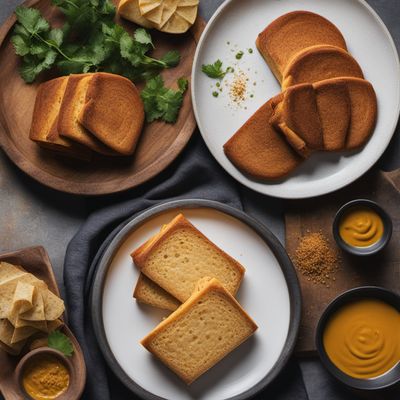
Newari-style Cheese Bocadillo
Spiced Cheese Delight: A Fusion of Spanish and Newari Flavors

Gyros with a Nouvelle Cuisine Twist
Elevated Gyros: A Modern Take on a Greek Classic
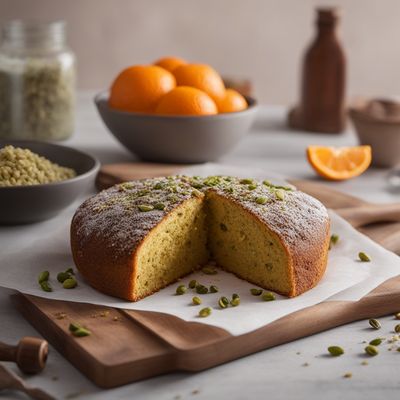
Mákos Guba with a Twist
Decadent Poppy Seed Bread Pudding

Leonese Vegemite Toast
Savory Delight: Leonese Vegemite Toast with a Twist
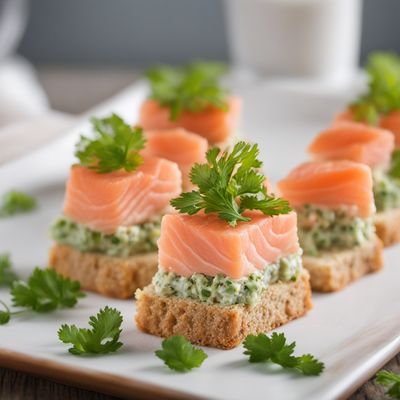
Kapampangan-style Salmon Mousse Canapés
Savor the Flavors of Kapampangan Cuisine with Salmon Mousse Canapés
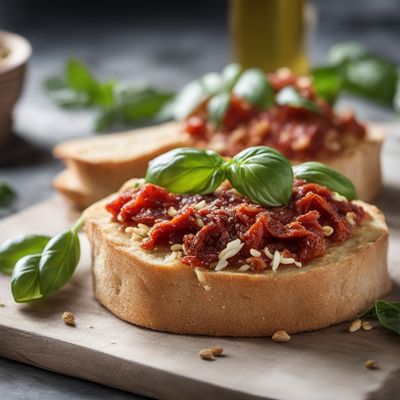
Panuozzo di Gragnano with Sun-Dried Tomato Pesto
Mediterranean Delight: Sun-Kissed Panuozzo with a Twist
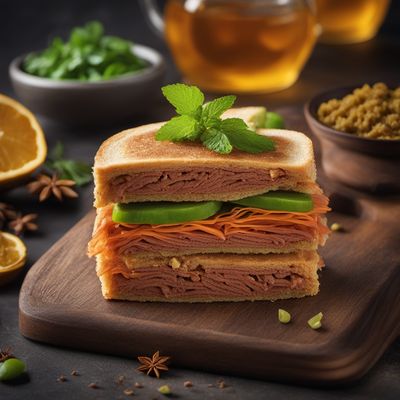
Omani Special Sandwich
Savory Omani Delight: A Fusion of Flavors in a Sandwich
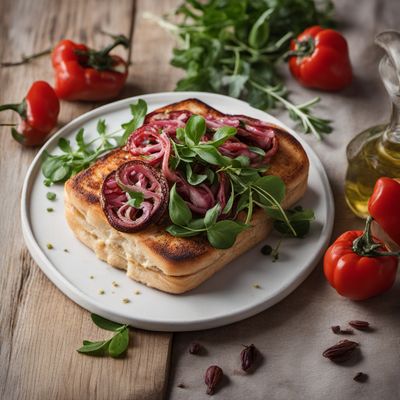
Grilled Octopus Panino
Mediterranean Delight: Grilled Octopus Panino
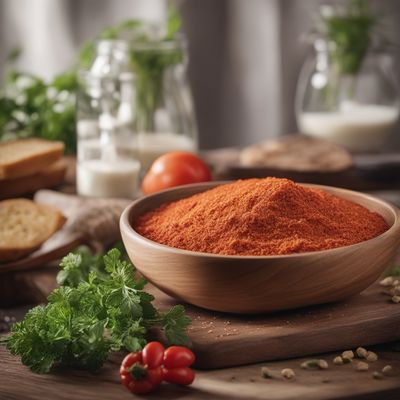
Popara with a Twist
Savory Serbian Breakfast Delight: Popara with a Twist
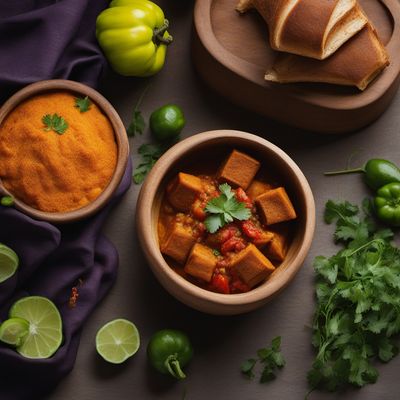
West African Bunny Chow
Spicy Plantain Stew in a Bread Bowl

South Karnataka Style Spicy Canapés
Fiery Bites: Spicy Canapés with a South Karnataka Twist
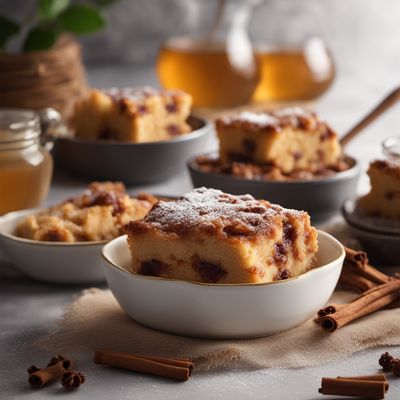
Latvian Honey Bread Pudding
Golden Delight: Latvian Honey Bread Pudding




